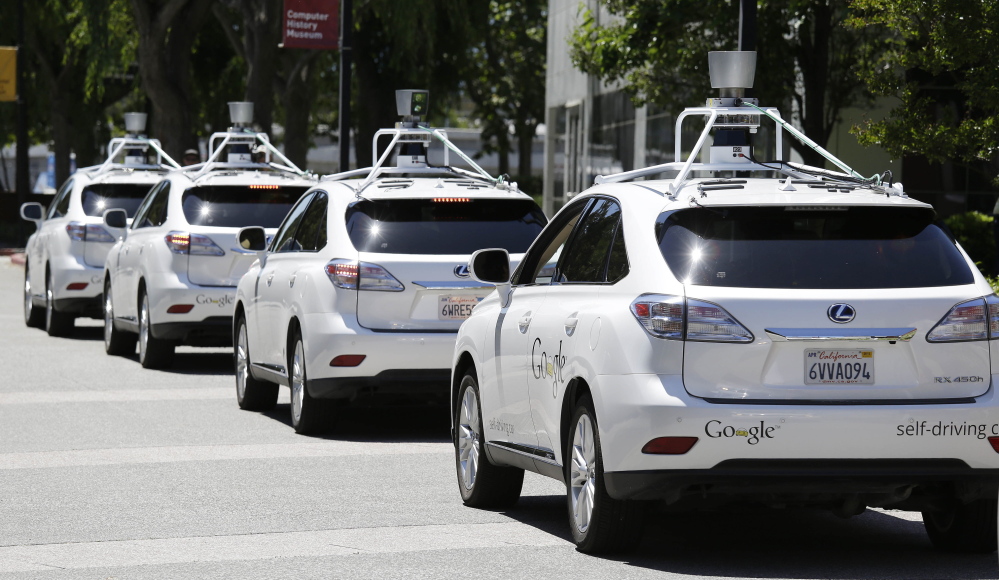To find a prism into how cities and suburbs will evolve in coming years and decades, look no further than the lowly curb.
That concrete barrier between street and sidewalk has always been that place where we park cars, alight buses and hail taxis. During parades, it’s that makeshift bench that gives our tired legs a moment of rest.
Now, fast-forward to, say, 2050. What will the curbside world look like? Will segments be set off as pick-up/drop-off points for driverless Ubers and Lyfts flitting in and out with clockwork precision? Will Divvy or scooter docking stations take up more space along the curb, as we embrace ways to get off our duffs and out of our cars? Will there be any room for the holdouts among us who refuse to let go of SUV steering wheels?
It’s that kind of imaginative yet necessary conceptualizing that regional transportation planners are undertaking right now, and urging municipalities to undertake on their own.
Driverless car and truck technology will be one part of that transformation. It won’t change just the way we get to and from work — it will change the movement of goods and freight, our streetscape infrastructure, even our choices of where we live.
The Chicago Metropolitan Agency for Planning has begun mulling these concepts, and its input will appear in its “Go to 2050” Plan, a blueprint for tackling the region’s myriad challenges three decades from now.
“Planning for these things today does help,” Elizabeth Schuh, a principal policy analyst at CMAP, tells us. “So when we talk about automated vehicles, we’re talking about people getting dropped off at a curb and the car going somewhere else. There are best practices for you as a community to rethink your curb-space … sorting out bikes, pedestrians, parking, drop-off zones, bus stops — rethinking that environment so that everyone moves smoothly.”
In a recent research report, CMAP said industry experts project sales of driverless vehicles to begin sometime between the mid 2020s and early 2030s. Driverless car testing in real-life settings has already begun. “If you think automated vehicles are 20 years away, you’re living in a dream world,” Randy Blankenhorn, director of the Illinois Department of Transportation, told the City Club of Chicago last November. “They are here, and they are here now.”
CMAP’s finished 2050 plan is expected to be published in October. When we met with the CMAP folks, one takeaway was a message for regional and local leaders: Don’t wait until 2040 or 2030 or even 2020 to start thinking about how the region’s streets, curbsides, and infrastructure will need to change once driverless technology rolls around. “They need to think about these things now,” CMAP’s Tina Smith told us. That’s not fanciful thinking — it’s smart planning.
Editorial by the Chicago Tribune
Visit the Chicago Tribune at www.chicagotribune.com
Send questions/comments to the editors.



Comments are no longer available on this story